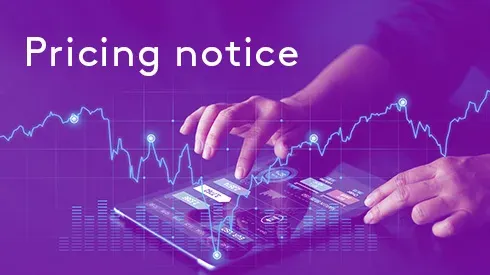The success of green steel initiatives and the appetite for green steel were not seen universally across flat and long steel products, Fastmarkets heard.
Green steel initiatives have seen considerable uptake across flat products. This was largely because there was greater pressure on the automotive sector to become more sustainable, compared with the construction industry.
Car manufacturers are a major market for flat steel products, and have pledged to achieve net-zero carbon emissions by a certain date, but construction companies, the main buyers of long steel, have not done the same.
A significant part of the achievement of net-zero emissions for car manufacturers entails the purchasing of more sustainable materials, such as green steel.
One of the sustainability goals that emerged following the COP26 climate conference, held in 2021, was that all sales of vans and new cars should be at zero emissions by 2040 or earlier.
At COP26, automotive manufacturers Ford, Mercedes-Benz and Volvo pledged to achieve net-zero emissions in new vehicle sales by 2035.
There was also additional pressure from consumers, who have become increasingly interested in product origins and how sustainable they are, sources said.
Low-carbon steel is an integral part of sustainability goals.
In early October, for example, German industrial group Thyssenkrupp signed an agreement with Mubea, a major automotive parts supplier, for low-carbon steel deliveries from 2026.
Similarly, in February 2022, Salzgitter signed a deal with German carmaker BMW for the supply of low-carbon steel from 2026 onward.
But the pressures that were driving sustainability in the automotive sector did not currently apply in the construction industry, Fastmarkets heard.
The construction industry is the major consumer of long steel products.
Such materials are predominantly produced with the use of electric-arc furnaces (EAFs), which are much less energy-intensive than the blast furnaces used in the production of flat steel, sources said. EAFs also consume scrap, a recycled raw material.
No construction company has been heard to have pledged to go green, or to have a green strategy.
Once a building is constructed, sustainability might be a factor in terms of its energy efficiency. But at the stage of purchasing construction materials, there was no appetite to prioritize sustainability over cost, Fastmarkets heard.
“I don’t know if I can believe in green steel yet,” one rebar buyer in Austria said. “Right now, it is not a reality — it is just a buzz-word. Everyone is throwing around [such jargon] terms, but what are the actual effects? Unless the government creates legislation which means buyers have to fulfill a quota of green steel each year, companies are never going to do it.”
Unless the government creates legislation which means buyers have to fulfill a quota of green steel each year, companies are never going to do it
Another buyer source from Northern Europe said: “We sell a minuscule amount of green steel to special projects. Sustainable steel will never make leaps and bounds in the construction industry. It will be very slow.”
Special projects, according to this source, accounted for less than 2% of overall consumption, and these projects were probably related to sustainability.
If the project were a sustainable initiative, for example, then the premium cost for green steel would be worth it, sources said. But in most projects for private clients and public projects, the main priority would be to keep costs low.
Interestingly, according to one source, the energy crisis and the subsequent weak demand have not affected the amount of green steel being requested, Fastmarkets heard. Although it was very low, the figure has remained flat.






